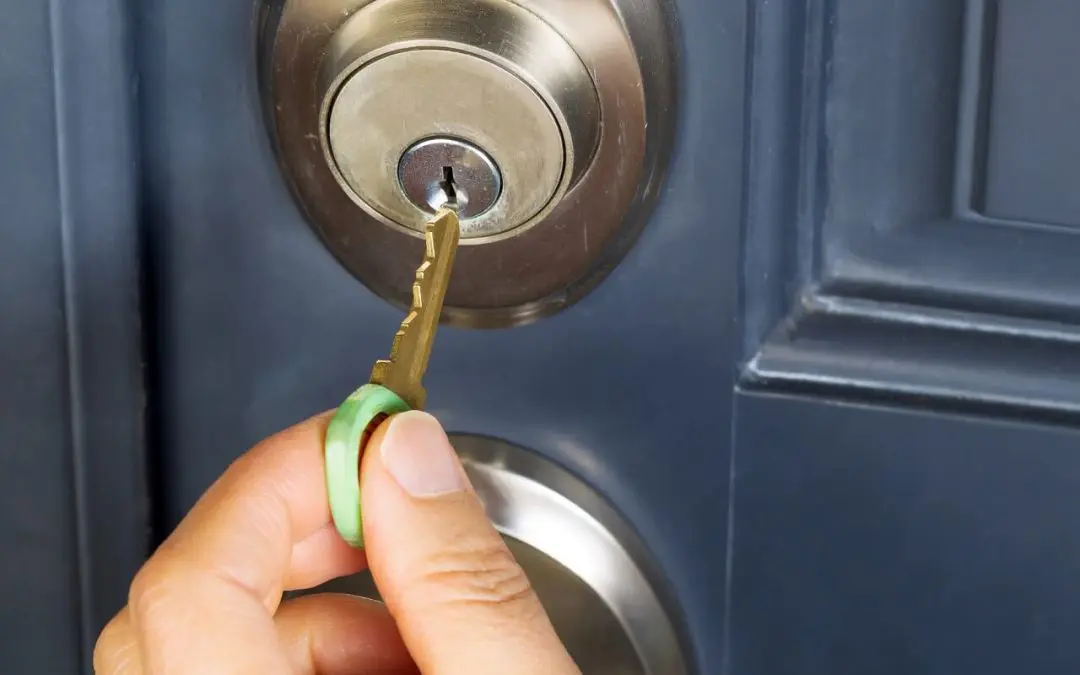Your home should be your safe space, where you and your loved ones feel secure. But accidents and unexpected events can happen, so it’s important to take some simple steps to protect your home. Keeping your home safe doesn’t have to be complicated or expensive. Let’s go over some easy and effective home safety essentials to make your home a safer place.
Home Safety Essentials: Lock Up and Stay Secure
Doors and windows are the easiest way for someone to enter your home. Make sure your doors have strong locks, like deadbolts, and always lock them when you leave. If your door has a peephole, use it before opening the door to strangers. A video doorbell is another great way to see who’s outside without getting too close.
Windows should have good locks, too. If you like keeping your windows open for fresh air, use window stoppers so they can’t open wide enough for someone to climb in. If you have sliding doors, a simple security bar in the track can help keep them from being forced open.
Add a Home Security System
A home security system can give you peace of mind, whether it’s a full system with cameras, alarms, and motion detectors or just a few well-placed security cameras. A sign that says you have a security system can help scare off intruders, even if you don’t have one.
If a full system isn’t in the budget, motion-activated lights outside your home can make a big difference. They turn on when someone walks by, which can keep unwanted visitors away and make it easier for you to see when you come home at night.
Fire and Carbon Monoxide Safety
Fires and carbon monoxide leaks are serious dangers, but the right precautions can help keep your family safe. Make sure you have smoke alarms in every bedroom and common area, and check them once a month to make sure they work. Carbon monoxide detectors should be placed near sleeping areas to protect against this deadly threat.
A fire extinguisher is another must-have, especially in the kitchen. It’s also a great idea to have a family escape plan in case of a fire. Practice it with your family so everyone knows what to do.
Prevent Slips, Trips, and Falls
Falls are one of the most common home injuries, but they’re easy to prevent. Put non-slip mats in the bathroom and kitchen, install handrails on stairs, and make sure walkways are well-lit. If you have rugs, use non-slip pads underneath so they don’t slide around.
For homes with little kids, using safety gates at the top and bottom of stairs can help prevent falls. And if you have elderly family members, grab bars in the bathroom and good lighting in hallways can make a big difference.
Home Safety Essentials to Childproof Your Home
If you have kids—or often have little visitors—childproofing is a must. Secure heavy furniture to the wall to prevent it from tipping over. Use safety latches on cabinets and drawers, especially where you keep cleaning supplies or medicine. Cover electrical outlets and make sure small objects are out of reach to prevent choking hazards.
If you have a pool, a fence with a self-latching gate is essential. Drowning can happen in seconds, so it’s important to make sure kids can’t get to the pool unsupervised.
Be Ready for Emergencies
Emergencies happen, but being prepared can make them less scary. Put together an emergency kit with bottled water, non-perishable food, a flashlight, extra batteries, a first aid kit, and any medications you might need. A battery-powered radio can be useful if the power goes out, and keeping emergency contact numbers in an easy-to-find spot is always a good idea.
Keeping your home safe doesn’t have to be a big, expensive project. With a few simple changes, you can make your home a secure and comfortable place for everyone. Taking these steps now means you can relax and enjoy your home, knowing you’ve done what you can to keep your family safe.
FAQs on Home Safety Essentials
How often should I check my smoke and carbon monoxide detectors?
Test them once a month and replace the batteries once a year. Most need to be replaced entirely every 7-10 years.
What’s the best way to secure sliding doors?
Use a security bar in the track to prevent it from being forced open. For extra protection, you can also install a secondary lock or pin lock.
Do I really need a home security system?
Not everyone needs a full system, but even small security upgrades—like cameras, alarms, or motion lights—can help keep your home safer.
Secure Home Inspection Services offers home inspections to Western New York state. Contact us to request an appointment.

